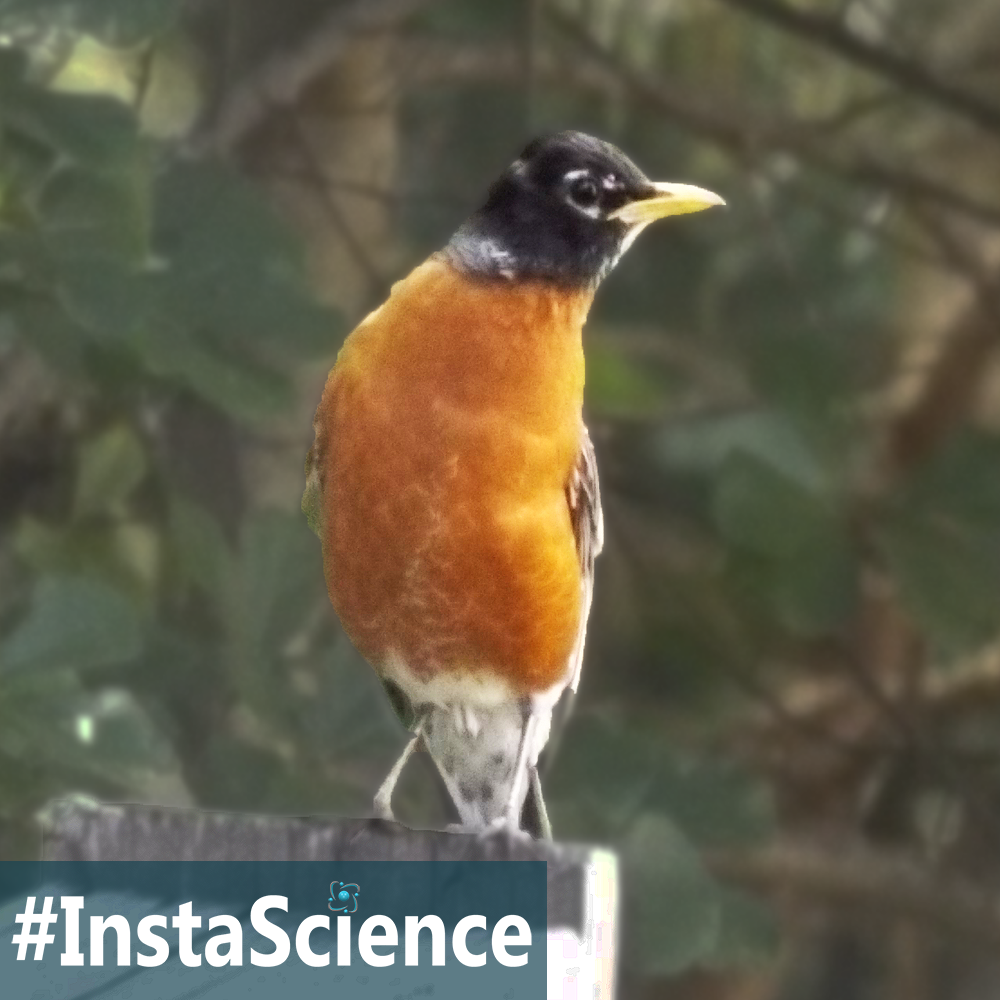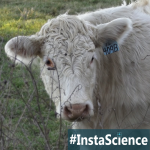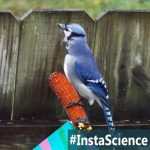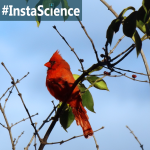
The first bird I learned to identify was the robin, so although it is not my favorite – that spot belongs to the tufted titmouse – it does hold a special place in my heart. These orange-breasted birds are easy to spot and hear as they are typically the first ones to wake up in the morning!
American robins are found all over the US and many stick around through the winter months as they can puff up their feathers to trap heat. During the winter, they survive mainly on leftover berries, nuts, and seeds, but they as the temperature warms up they seek out their favorite slimy feast, the earthworm.
Robins are excellent worm hunters and will happily appear to inspect your freshly dug soil! They seek out these invertebrates through sight, which is why you may see them running and pausing all over your lawn. Robins prefer to forage for their food by running and hopping along the ground or by hopping along tree branches.
The egg of the robin is well known, too, thanks to its bright blue color. Robins can lay up to three clutches a year, each with around 4 eggs. The female with incubate the eggs for about 12 to 14 days before they hatch. Both parents will feed the babies until they are ready to fledge, or leave the nest, after two weeks or so.
Robins are one of the most common songbirds, along with cardinal and blue jay. Their calls include several long phrases composed of tuts and whines that can be heard easily in the pre-dawn morning.
Fun Fact – Postmen used to be called robins because of their red tunics that resembled these birds.
More Homeschool Science Helps
- This time last year, we shared about Science Corner: Kitchen Acid Test.
- Don’t miss episode 20 of my podcast where I shared about the 5 sanity-saving tips to help you actually do experiments.
Related Homeschool Science Activities
Keep the learning going with these science activities!
- Simple Bird Feeder – Make a simple bird feeder to attract a few robins to your yard! You will need a toilet paper tube, peanut butter, bird seed, and a bit of string. Poke two holes at the top of your toilet paper tube and tie the string in so that it creates a loop you can use to attach the bird feeder to a branch. Then, coat the tube with peanut butter as best as you can and roll it in the bird seed. Hang your feed outside and find a place to sit back and observe the action! (If you do lay out a spread for your birds during the winter, be sure to keep replacing it as they will come to rely on your offerings to get them through the cold months.)
Links to Research
- American Robin | Audubon Field Guide
- American Robins: Facts
- Fun Robin Facts for Kids
- {Video} American Robin – HD Mini-Documentary





Join the Community!